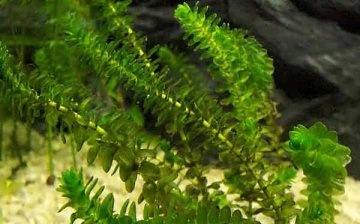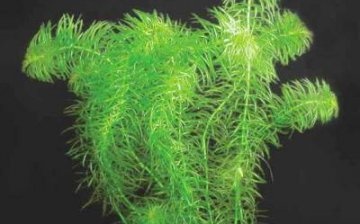Elodea in the photo is attractive and harmless, but in reality?
The aquatic plant Elodea is quite widespread in European countries, especially in Great Britain, Ireland, and it can also be observed in the waters of New Zealand and Australia. A native of North America and Europe, the plant appeared not so long ago, around the 30s of the 19th century, and managed to fill numerous rivers and ponds during this period.
The elodea plant in the photo looks quite attractive, it has a bright green color, its stems are densely branched and have bizarre shapes. The plant's unusual appearance and its amazing ability to reproduce extremely quickly have contributed to its popularity among aquarium enthusiasts. Examining the elodea plant in the photo, you can see its linear-lanceolate leaves, which are collected in false whorls of several pieces.
But the ability of Elodea to survive in any more or less suitable conditions and reproduce vegetatively, displacing all other plants, became the reason that the plant was given the nickname "water plague". Rivers polluted with elodea thickets can even pose a danger to ships. The stems of the plant branch very actively, take root in the ground, but when they break off, they can develop in a floating form.
An interesting fact is that in the conditions of European reservoirs, elodea does not form fruits. For some reason, all the plants that have spread in our territories are female, although in general the plant is dioecious. Elodea experiences the cold season in the form of buds, which, with the onset of heat, give rise to a new generation of plants.
Enterprising farmers have found a practical use for the plant, they use surplus plants when clearing rivers as fertilizer for farmland.








